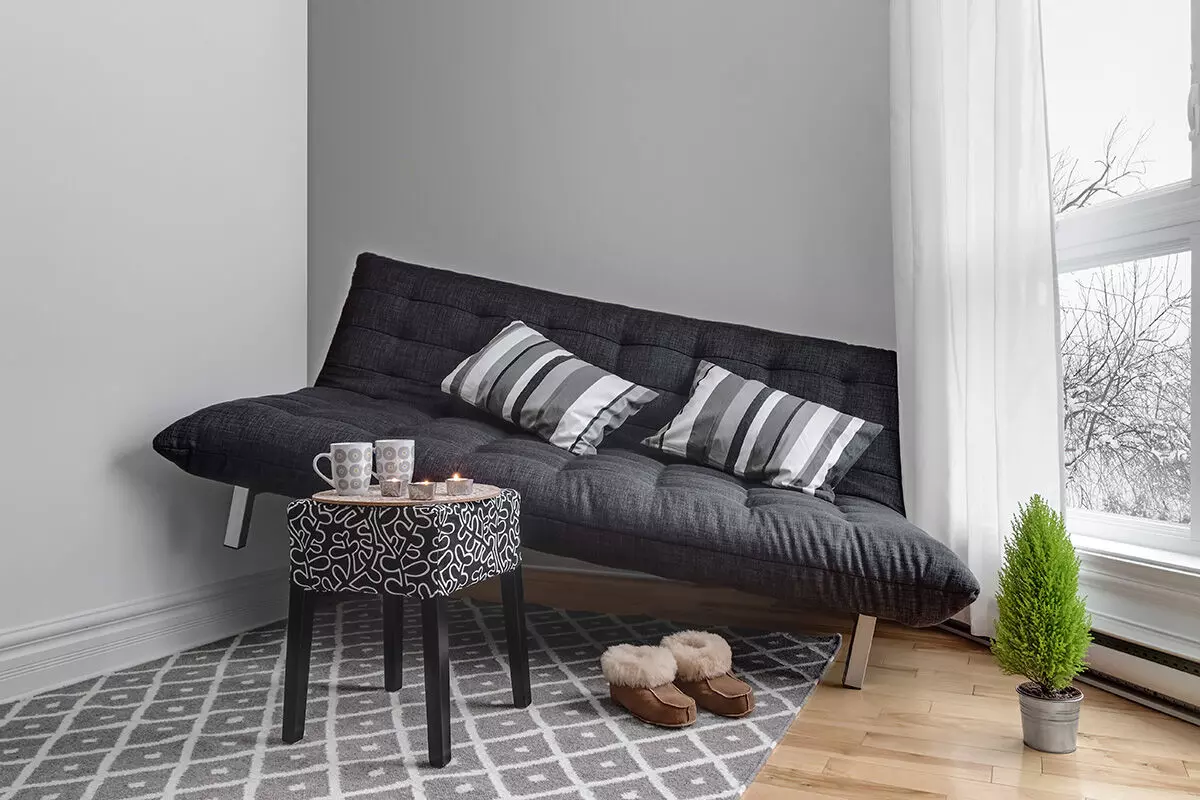Common Interior Design Mistakes and How to Avoid Them
image for illustrative purpose

Walking into a beautifully designed home feels like magic – everything flows seamlessly, colors complement each other perfectly, and the space just works. But achieving this harmony isn't always straightforward. Even with the best intentions, many homeowners fall into common design traps that can make their spaces feel off-balance or uncomfortable.
After years of observing design transformations and speaking with countless homeowners, I've noticed certain mistakes pop up again and again. The good news? Most of these issues are easily fixable once you know what to look for.
The Furniture Floating Fiasco
One of the biggest mistakes I see is furniture pushed against walls like it's afraid of the center of the room. While this might seem logical in smaller spaces, it actually makes rooms feel disconnected and awkward. Your sofa doesn't need to hug the wall – pulling it a few feet forward can create a more intimate conversation area and make the room feel larger.
The key is creating purposeful groupings. Think of your furniture as having conversations with each other. A coffee table should be within easy reach of seating, side tables should actually be beside something, and chairs should face toward the action, not away from it.
Lighting: The Forgotten Layer
I can't tell you how many homes I've visited where the only light source is a harsh overhead fixture. It's like trying to create ambiance with a flashlight – technically functional, but missing all the warmth and character that proper lighting brings.
Good lighting happens in layers. You need ambient lighting for overall illumination, task lighting for specific activities like reading, and accent lighting to highlight artwork or architectural features. Mix table lamps, floor lamps, and overhead fixtures to create depth and mood. Dimmer switches are your best friend here – they let you adjust the atmosphere throughout the day.
The Scale Trap
Nothing throws off a room quite like furniture that's the wrong size. That tiny coffee table floating in front of your sectional sofa? It looks lost. The massive dining table crammed into a small breakfast nook? It's overwhelming the space.
When shopping for furniture, bring measurements and painter's tape. Seriously. Tape out the dimensions on your floor before buying anything substantial. Your eyes can be deceiving, especially in large showrooms where everything looks smaller than it actually is.
Color Confusion
Playing it safe with beige everything might seem like a smart choice, but monochromatic spaces often end up feeling flat and uninspiring. On the flip side, throwing together every color you love without a plan creates visual chaos.
Start with a base of neutrals, then add color through accessories, artwork, and textiles. Follow the 60-30-10 rule: 60% dominant neutral color, 30% secondary color, and 10% accent color. This creates balance while allowing for personality to shine through.
The Rug Size Struggle
Tiny rugs floating in the middle of large rooms are like islands that no one wants to visit. Your rug should anchor your furniture grouping, not hide underneath it. In living rooms, aim for a rug large enough that at least the front legs of your major furniture pieces can rest on it. In dining rooms, make sure chairs can pull out while staying on the rug.
Artwork Altitude Issues
Art hung too high is one of those mistakes that immediately signals amateur hour. The center of your artwork should be at eye level – typically 57 to 60 inches from the floor. When hanging art above furniture, leave 6 to 8 inches between the furniture and the bottom of the frame.
Group smaller pieces together rather than scattering them around the room like confetti. Create a gallery wall with purpose, maintaining consistent spacing between pieces.
Storage Shortfalls
Clutter is the enemy of good design, yet many homes lack adequate storage solutions. Built-ins are ideal, but not always budget-friendly. Instead, choose furniture that multitasks – ottomans with hidden storage, console tables with drawers, or bookcases that can hold both books and baskets for hiding everyday items.
The Professional Touch
Sometimes, despite our best efforts, a space still doesn't feel quite right. This is where experienced interior designers in Mangalore like Black Pebble Designs can step in to identify issues that might not be obvious to untrained eyes. Professional designers have the expertise to see potential problems before they become expensive mistakes.
Window Treatment Woes
Hanging curtains at window height rather than ceiling height is a missed opportunity to add drama and make ceilings appear taller. Mount your curtain rods close to the ceiling and let the panels skim the floor. This simple trick elongates the entire room.
Choose curtains that are wide enough to cover the window even when fully open. Skimpy panels that barely cover the glass make windows look smaller and less impressive.
The Personal Touch Balance
While following design rules is important, don't forget that your home should reflect your personality. The biggest mistake might be creating a space that looks like a showroom but doesn't feel like you. Incorporate meaningful objects, family photos, and pieces that tell your story.
Moving Forward
Avoiding these common pitfalls doesn't require a design degree – just awareness and patience. Take time to plan your spaces, measure twice, and remember that good design is more about creating a comfortable, functional environment than following every trend.
Your home should be a place where you feel relaxed and inspired. By sidestepping these typical mistakes, you're well on your way to creating spaces that not only look beautiful but truly work for your lifestyle.

